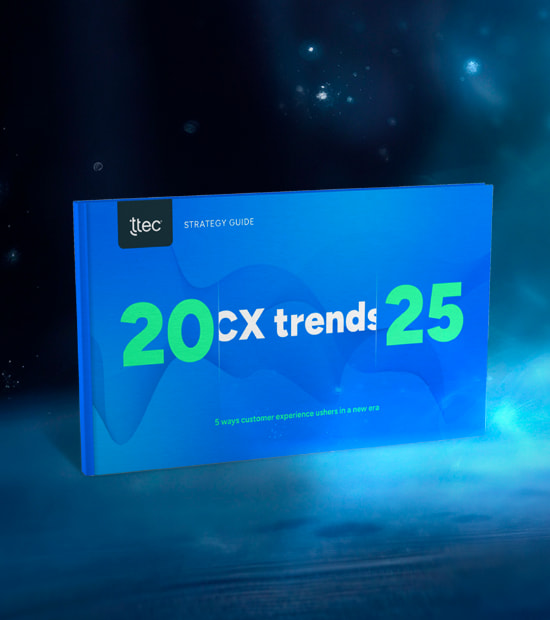Retail banks are like pennies—they’re plentiful, yet nearly obsolete. Rooted in person-to-person tradition, these branch locations serve as beacons of yesteryear. But, as digital alternatives begin to dominate the financial services space, retail banks must adapt to the client behaviors of today by adopting the banking technology of tomorrow.
Moving forward, however, means taking one step back to educate the entire organization first. Banks cannot afford to stall progress by pursuing assumptions or false leads. Here are four lessons every financial services leader needs to learn in order to gain perspective and implement strategies that’ll bring banking relationships to the next level:
1. Brand names no longer resonate with the average consumer.
Banks need to acknowledge that, in today’s saturated market, branding doesn’t have the power it once did. Back in the day, loyalty was often passed down from generation to generation. Children would follow their parents’ lead by opening an account with their so-called ‘family’ bank once they reached the appropriate age, and so forth and so on. Today, banks must focus on providing convenience across channels, for that’s what consumers truly want. They want to be able to conduct transactions whenever and wherever they choose. They want online portals and mobile applications that enable them to self-serve.
If your brand can accomplish that feat, while preserving consistency in the process, your services will speak for themselves.
2. ‘Cool’ companies are more attractive to young professionals.
Traditional banks are no longer the only players within the financial services space. Brands like Google and Apple are also getting in on the action by launching their own payment applications. Young professionals, particularly, want to work for ‘cool’ brands that are constantly on the cutting edge of what’s new and revolutionary in their given market. Young professionals are also more socially responsible than generations before them. Many put their personal values ahead of their paycheck value, allowing their moral compass to guide their employment pursuits, which may have negative ramifications for big banks. Millennials were hit hardest during the Great Recession and they’re not about to put their conscience on the line just to pad their own bottom line.
Be conscious of your bank’s reputation within the market and devise methods that emphasize your brand’s goodwill to maintain its position within the industry.
3. Antiquated technologies and processes discourage new hires.
Once your bank has attracted new hires, it must also be able to deliver during the onboarding process. It’s one thing to put up an attractive front to get them in the door, but it’s another to create an environment that keeps them engaged. Banks can’t operate under the assumption that just because their model always worked in the past, that it’ll continue to work in the future. If they need motivation, just look to Blockbuster as an example of what not to do.
Just as there will always be other movie rental alternatives, there will always be other banking opportunities. Don’t let your brand become another distant memory.
4. Consumer expectations evolved faster than traditional banks.
Leaders can all agree that, for today’s consumer, good customer service comes with the touch of a button. Most banking customers expect self-service for simple, everyday transactions, but they also expect consistency across these varied channels. Only those banks that are able to create seamless customer experiences and develop innovative products will truly differentiate themselves from the competition. Banks in Canada, for example, are ahead of the curve because, using the Interac e-Transfer platform, brands such as TD Canada Trust empower consumers to transfer money to friends and family via email or mobile phone. This allows consumers to bypass the traditional retail interaction by embracing channels they regularly use. Banks must also realize that, above all else, such trends don’t solely apply to the Millennial set. Digital behaviors reflect industry trends throughout the demographics.
Leaders must embrace new channels to interact with customers if they wish to reach every possible consumer.
Banks that ignore these four trends and refuse to budge on adoption will ultimately crumble. After all, pennies still have value, but people knowingly bypass lost coins on the sidewalk. Eventually stagnant banks won’t be worth the consumer’s time, either.
Also, check out the most recent issue of our eNewsletter.
Four Lessons Every Financial Services Leader Needs to Learn


















